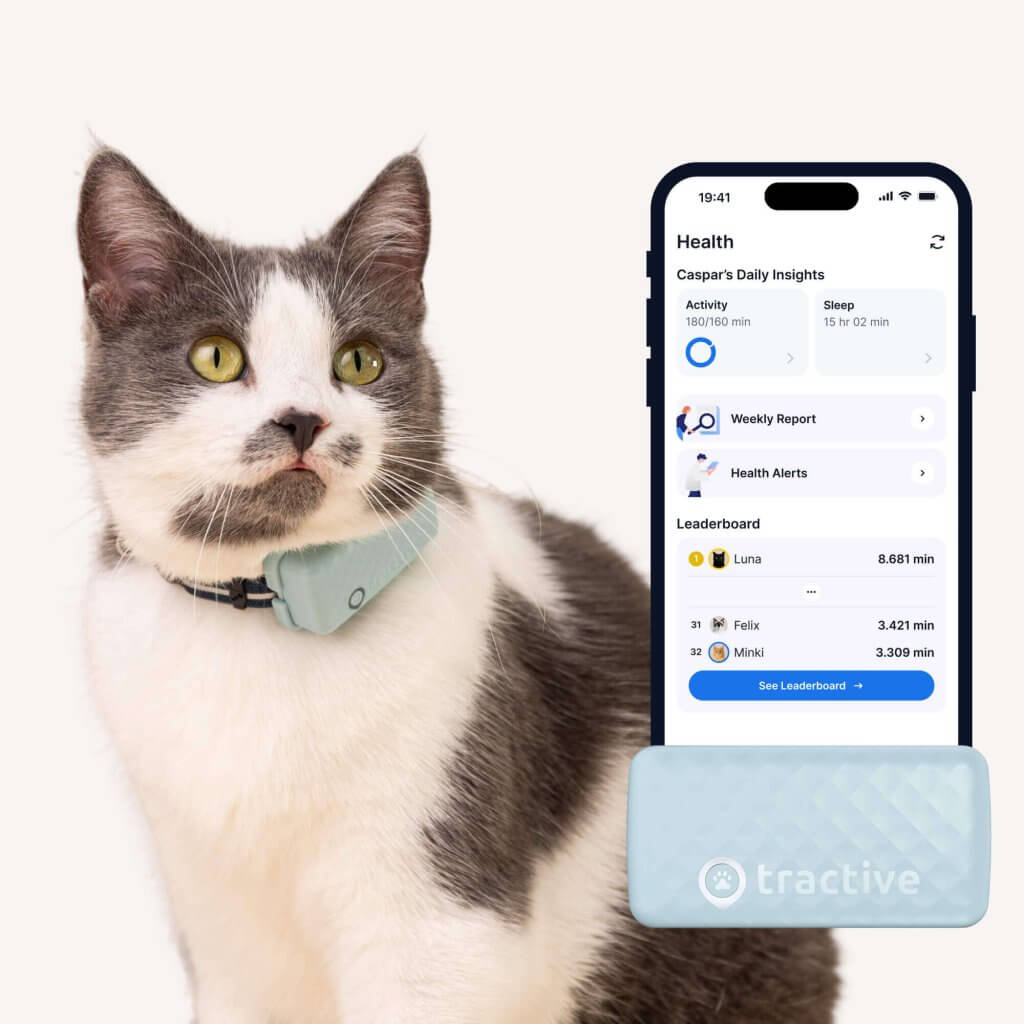 Approved by Dr. Dwight Alleyne, DVM
Approved by Dr. Dwight Alleyne, DVM Cat Dementia: Signs, Treatment & Outlook
Cat dementia - like human dementia - is no fun for cats or their parents. Learn what you can do to recognize the signs and best care for your aging feline.

Has your old feline friend started behaving strangely lately – making funny sounds, staring off into space, or forgetting to use the litter box? Just as elderly people are susceptible to Alzheimer’s disease, so too may our feline friends suffer from cognitive decline and dementia, which is more than just old age. Learn all the symptoms of cat dementia, plus how you can help an aging cat best deal with the disease, below.
Key Takeaways
- Cat dementia often shows up as behavioral changes.
Watch out for signs like disorientation, forgetting routines, and peeing outside the litter box. Cats might also vocalize more, especially at night. - Currently, there is no cure for cat dementia.
At the same time, you can help your cat by maintaining a predictable routine and with a few simple tweaks to their physical environment. - A smart cat collar can help you spot early signs of cat dementia.
Your Tractive device monitors your cat’s activity and sleep patterns, which can change significantly with cognitive decline. If there’s a weird change, you’ll get a Health Alert prompting you to get them checked up at the vet.

Find out where your cat spends their time.
Read moreCan cats get dementia?
Yes! Like humans, cats can get dementia. And cat dementia impacts over 50% of cats over the age of 15 years1. Today, cats live longer than ever, and may have a lifespan of 20-21 years2. So if you have a senior cat, it is likely that they will experience some signs of dementia. However it’s important to diagnose cat dementia correctly, as the symptoms could actually be masking another illness in your cat.
FYI – Dogs can get dementia too.
What is cat dementia?
Cat dementia, also known as feline cognitive dysfunction, is a brain disorder typically associated with old age in cats. Like other organs, the brain starts to deteriorate with age – which leads to a decline in cognitive abilities. Just as humans with Alzheimer’s disease may forget their loved one’s names, a cat with dementia may forget their normal routine, or become disoriented, confused and afraid more easily. This can be very sad to witness, but understanding the symptoms and treatment options can help you to and your cat better adjust to your new situation.
At what age do cats get dementia?
For most cats that develop feline dementia, signs and symptoms often start to show between the ages of 10 to 15 years3. The disease is likely to progress faster as the cat gets older, and is very common in cats over 15 years.
Cat dementia signs and symptoms
The brain damage and cognitive dysfunction known as cat dementia causes changes in your cat’s behavior, memory and awareness levels. Here are some of the more common cat dementia signs & symptoms:
- forgetting old training or routes
- appearing confused or disoriented
- wandering into unfamiliar territory
- decreased interest in playing
- excessive or altered sleeping
- excessive or lack of self-grooming
- less interest in food or water
- staring into space or blank spaces
- less social interaction
- urinating or defecating outside of the litter box
- loud howling and meowing
- increased aggression and irritability
Is your cat showing some of these signs? Write down the behavioral changes you notice in your senior cat so that when you talk to your vet about cat dementia, you’ll be prepared to make an accurate health assessment of your feline friend.

Get health alerts for your cat
Our cats can’t always tell us if something’s wrong. But if their tracker detects unusual changes in their routine, you’ll get an alert, helping you catch potential issues early.
Your cat may have another illness
If your cat shows any of the above signs of cat dementia, they could actually be suffering from another illness which has symptoms that overlap with those of feline cognitive dysfunction. Your cat might be experiencing:
- hyperthyroidism (overactive thyroid)
- hypertension (high blood pressure)
- sensory decline such as deafness or blindness
- arthritis or chronic pain
- brain tumors or other neurological issues
- kidney disease
Be sure to take your cat to the vet to be tested and thoroughly examined, so that you can receive the best medical advice and help for your feline. When it comes to making a diagnosis, this is best left in the hands of a professional.
Is there a cure for cat dementia?
Unfortunately, since the brain tissue degeneration which is associated with feline cognitive dysfunction (cat dementia) is irreversible, there is currently no cure for cat dementia3. So once the brain tissue is damaged, it is not possible to repair it given current medicine and technology.
How to care for a cat with dementia
Cats suffering from dementia are no longer the active kittens they once were. They might eat less, rest more, and generally have a hard time doing things they used to do, like use the litter box or access their favorite resting spot on the windowsill. To make sure your older cat with dementia is as well-cared for and as comfortable as possible, we recommend the following:
- Feed your cat on a regular schedule .
- Avoid bringing a new cat or other animal into the home.
- Put a litter box on each floor of your home.
- Ensure that the walls of the litter box are not too high.
- Make sure their diet is rich in vitamin E and antioxidants.
- Place more food and water bowls around your home.
- Install ramps or steps to help your older cat reach their favorite spots.
- Avoid moving furniture or changing the house a lot.
- Ensure your cat has a quiet and safe sleeping spot.
- Keep a nightlight on for your cat.
- Use a smart cat tracker to track their location, activity & get health alerts.
- Don’t get angry or lose your patience with your aging kitty; reassure them with your calm & loving attention.
- Consult with your vet for more advice on caring for your cat with dementia.

“My cat Peggy has dementia and often gets lost. Thanks to Tractive, we get peace of mind knowing where she is at all times.” – Wendy
With these tips, you can take good care of your feline friend with cat dementia. Show them all the love they deserve, to make this time in their life a little less difficult. Your love goes a long way when it comes to caring for your cat with dementia! 🐈💗




